
Collaboration among cities in the Greater Bay Area has never been deeper amid multifaceted cross-border initiatives, with Hong Kong and Shenzhen leading the pack in the free flow of various aspects.
With a slew of supportive policies and measures introduced over the past year to strengthen cross-border links in diverse fields, integration and connectivity between Hong Kong and other cities in the Guangdong-Hong Kong-Macao Greater Bay Area has been enhanced, bringing benefits to businesses and individuals.
The policies and measures cover a wide range of areas, including innovation and technology, transportation, public services, and talent.
In his Policy Address in October, Hong Kong Chief Executive John Lee Ka-chiu mentioned the GBA more than 30 times, underscoring the high priority Lee places on cross-border cooperation.
I&T has been high on the agenda for cooperation between Hong Kong and tech hub Shenzhen, with the Hong Kong Special Administrative Region positioning itself as an international I&T center and making high tech a new growth engine for its economy.
The HKSAR government on Oct 30 unveiled the Northern Metropolis Action Agenda, which laid out the development blueprint for building an international I&T hub in the 30,000-hectare area in the northern part of the city. The metropolis would be able to accommodate 2.5 million people and provide 650,000 jobs, including 150,000 I&T positions.
The four major zones in the Northern Metropolis - the High-end Professional Services and Logistics Hub, the I&T Zone, the Boundary Commerce and Industry Zone, and the Blue and Green Recreation, Tourism and Conservation Circle - will be integrated with different parts of Shenzhen, creating new opportunities for cooperation between the two cities in finance, I&T, logistics, tourism, consumption, and other sectors.
In August, the Development Plan for Shenzhen Park of the Hetao Shenzhen-Hong Kong Science and Technology Innovation Cooperation Zone was unveiled by the State Council, which experts said will inject a new impetus into I&T cooperation between Shenzhen and Hong Kong.
Liu Xuefei, a researcher in the department of Hong Kong, Macao and Regional Development at China Development Institute, a Shenzhen-based think tank, said the launch of the Northern Metropolis Action Agenda provides a clearer timetable and road map for Shenzhen and Hong Kong to further deepen their collaboration.
"The action agenda echoes the Hetao development plan. Shenzhen and Hong Kong will work together in spatial layout, development of core technologies, transformation of technological achievements, sharing of technological resources, etc," she said, adding that Hong Kong's collaboration with Shenzhen will spread to other cities in the GBA and create synergies.
To spur integrated development in the region, a smooth cross-border flow of data is vital. Hong Kong and the Chinese mainland have been making joint efforts to break down the information barrier, with major breakthroughs being achieved.
A pilot program was launched last month to make it easier for cross-border data transfer within the GBA, with banking, credit referencing and healthcare being the first sectors to participate in the program because of their strong demand for cross-border services.
By enabling personal information from the mainland cities in the GBA to flow into Hong Kong "in a safe and orderly manner" under a standard contract signed voluntarily by individuals and organizations, the program will reduce the compliance costs involved in the cross-border flow of personal data for enterprises, benefiting businesses and bringing convenience to residents, a spokesman for the Innovation, Technology and Industry Bureau of the HKSAR said in early December.
Various measures have also been introduced by the HKSAR government since the start of 2023 to facilitate people to work, live and travel in cross-border arrangements.
The Northbound Travel for Hong Kong Vehicles program, which came into effect on July 1, allows eligible Hong Kong private cars to travel between Hong Kong and Guangdong province via Hong Kong-Zhuhai-Macao Bridge without being subject to regular quotas.
Hong Kong and Guangdong in November jointly launched digital platforms providing access to over 100 public services for residents of the two places, freeing them from the inconvenience of having to travel across the border in person for those services. The services cover taxes, company registration, property and vehicles, personal documents and entry permits, welfare and education, and healthcare.
"Whether the economy of the GBA can develop successfully hinges on whether Hong Kong and the nine Guangdong cities (in the GBA) can merge into an integrated economy, with each giving full play to its comparative advantages, complementing each other, and realizing the effects of economies of scale," said Lawrence Lau Juen-yee, a Hong Kong economist and former vice-chancellor of the Chinese University of Hong Kong.
He highlighted the importance of the free flow of commodities and services, talent, capital, and information, saying that it is a prerequisite for the GBA to achieve economic integration.
"For the three other bay areas in the world - the New York bay area, the San Francisco bay area and Tokyo bay area - they don't have such a problem. However, it is a big challenge for the GBA," he said, adding that major obstacles still exist in the free flow of elements across the border.
The GBA, which consists of nine mainland cities in Guangdong province plus the Hong Kong and Macao special administrative regions, has a population of 86 million. The economic output of the 11-city cluster amounted to $1.9 trillion in 2022, equivalent to the 10th-largest economy in the world.









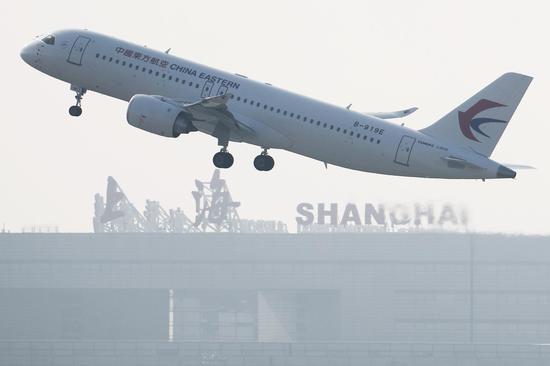






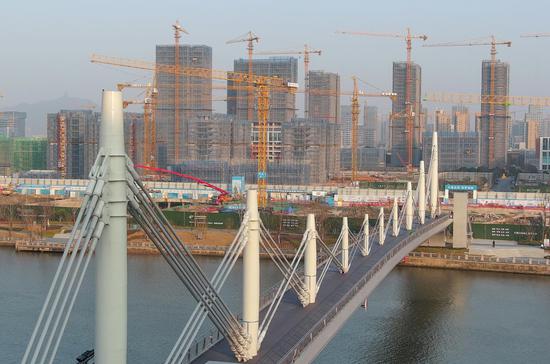






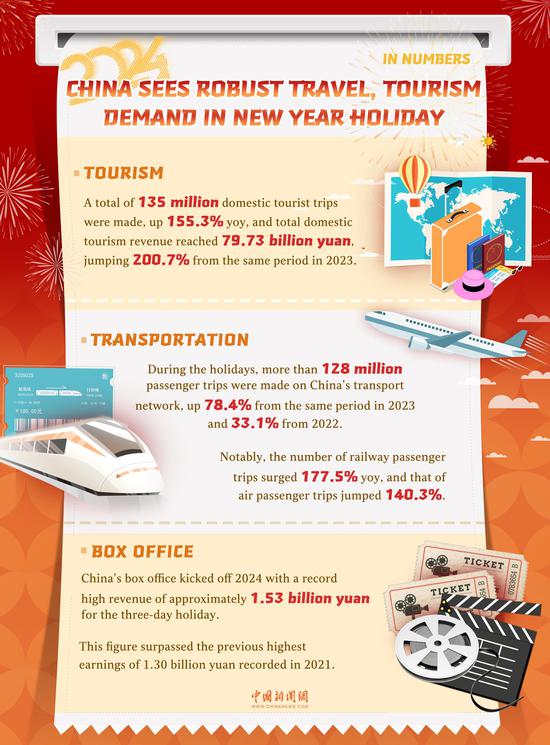
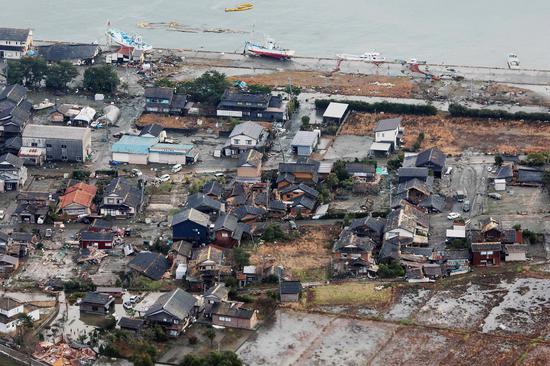
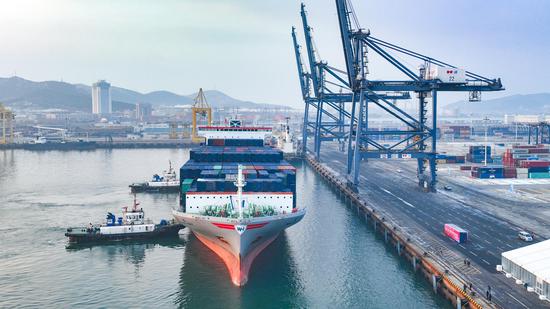
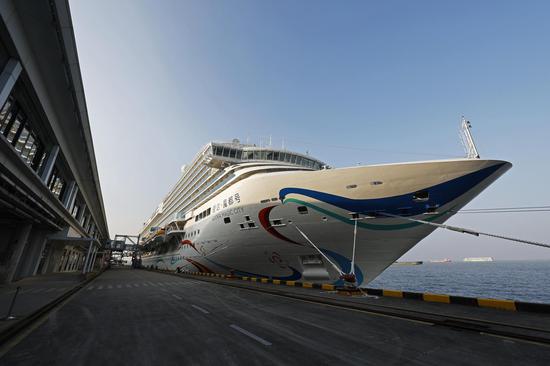






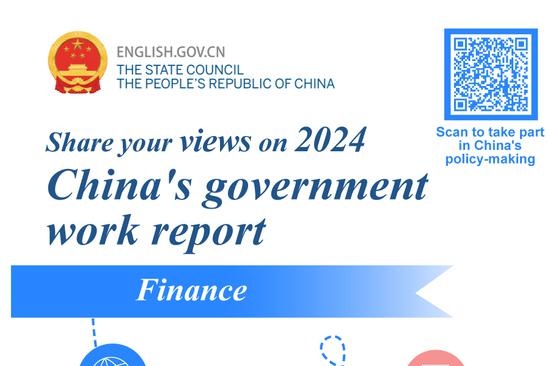
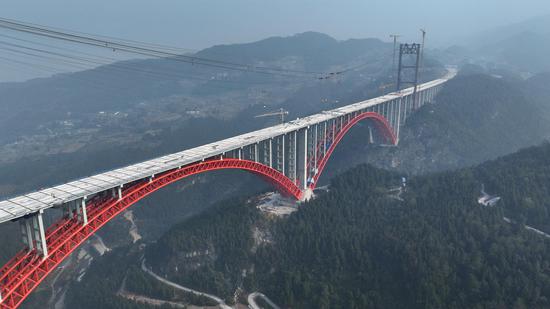
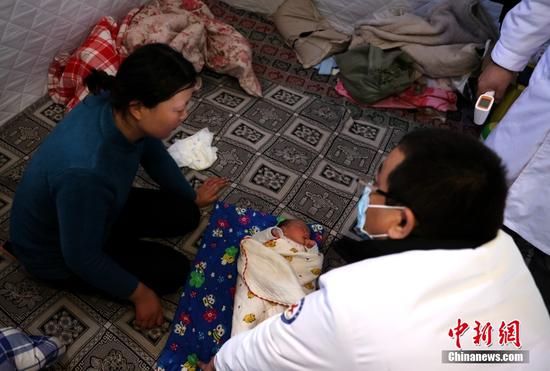
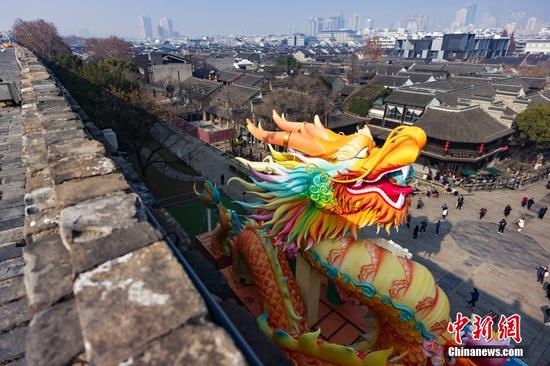

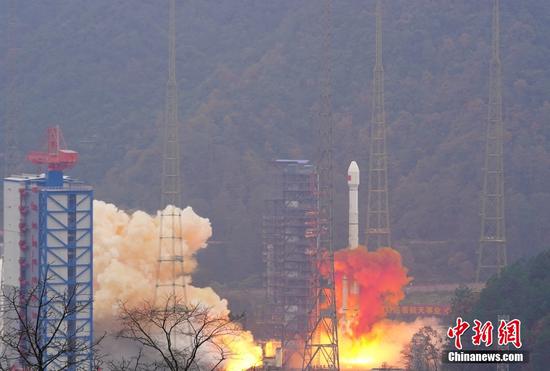
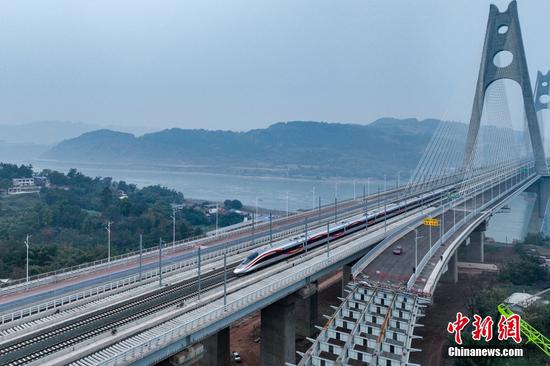
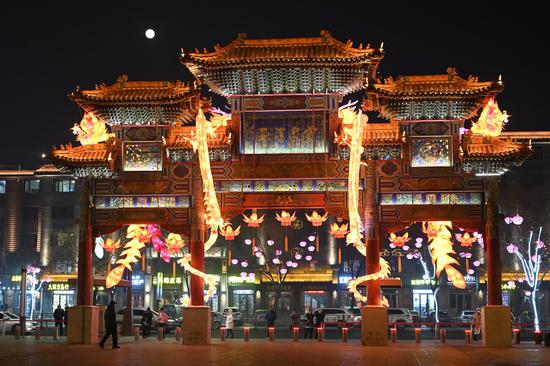


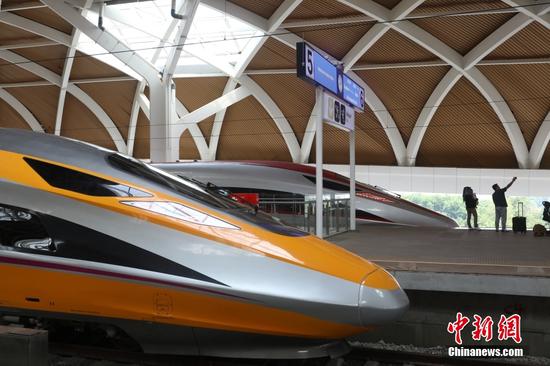






 京公网安备 11010202009201号
京公网安备 11010202009201号